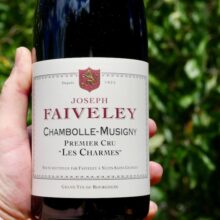
Product information
Joseph Faiveley Chambolle Musigny 1er Cru ‘Les Charmes’ 2020
Pinot Noir from France, Côte-de-Nuits, Chambolle-Musigny, Burgundy
$345
Description
I had Faiveley’s 2015 Latricières Chambertin recently, delicious, perfumed elegant and refined. Along with the 2015, I devoured a brace of 2016’s from across the appellations. They are really stepping up their game, the investments in the vineyard and winery are a testament to this.
The 2020 Chambolle-Musigny 1er Cru Les Charmes is perfumed and elegant, soaring from the glass with scents of roses, peonies, orange rind and sweet red berries. Medium to full-bodied, velvety and sensual, with melting tannins, succulent acids and a saline finish, it’s one of the most ethereal wines in the range.
William Kelley, The Wine Advocate 93-95+ BH 91-94
In stock
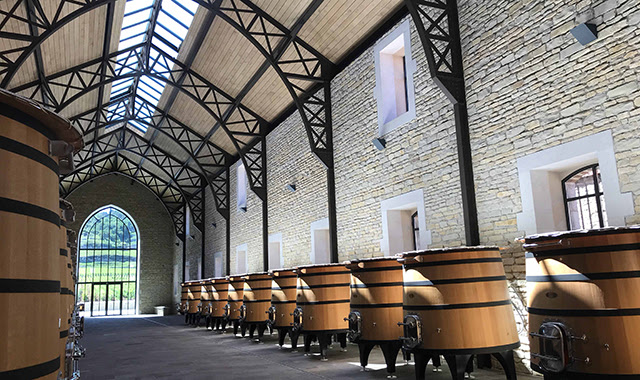









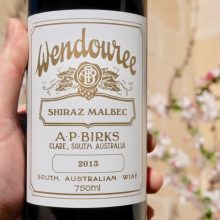
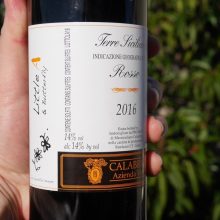
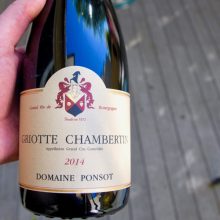
You must be logged in to post a comment.